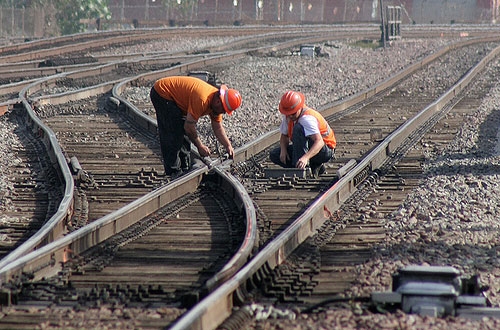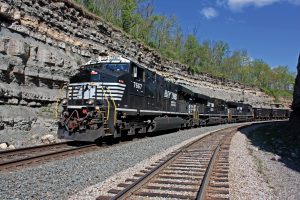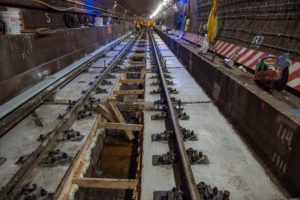BNSF plans $4.3 billion 2016 capital plan
Written by Mischa Wanek-Libman, editor
BNSF Railway released plans for a $4.3 billion 2016 capital expenditure program focuses on helping to ensure the company continues to operate a safe and reliable network this year and beyond.
BNSF‘s record setting $6 billion capital plan in 2015 contained $1.5 billion in expansion capital alone. While the 2016 plan reflects an approximate 28 percent reduction in capital spend over 2015, the railroad said this year’s capital program reflects BNSF’s success in adding capacity to support customer demand while bringing investment more in line with current volumes.
“Our railroad is in the best shape it has ever been,” said Carl Ice, BNSF president and chief executive officer. “Each year, our capital plan works to balance our near term need to regularly maintain a vast network that is always in motion with the longer term demand outlook of our customers. While our customers’ demand outlook has softened in a number of sectors, regular maintenance of our network continues to drive the majority of our annual investments and helps ensure we continuously operate a safe and reliable network.”
The largest component of this year’s plan is approximately $2.8 billion to replace and maintain BNSF’s core network and related assets to keep its railroad infrastructure in top condition. These projects will go toward replacing and upgrading main track components, such as rail, ties and ballast. BNSF said keeping the railroad well maintained helps ensure trains can run safely and helps limit the need for unscheduled service outages that can slow down the rail network and reduce capacity.
The 2016 capital plan also includes more than $300 million for continued implementation of positive train control and more than $600 million for locomotives, freight cars and other equipment acquisitions. Approximately $500 million of this year’s capital plan is for expansion, including a continuation of projects that were started in 2015, such as installing a new bridge and second track to cross the Pecos River and double track near Fort Sumner, N.M. This year’s projects also reflect various other double track work and additional Centralized Traffic Control signaling that will add capacity and improve efficiency in constrained parts of the network.





